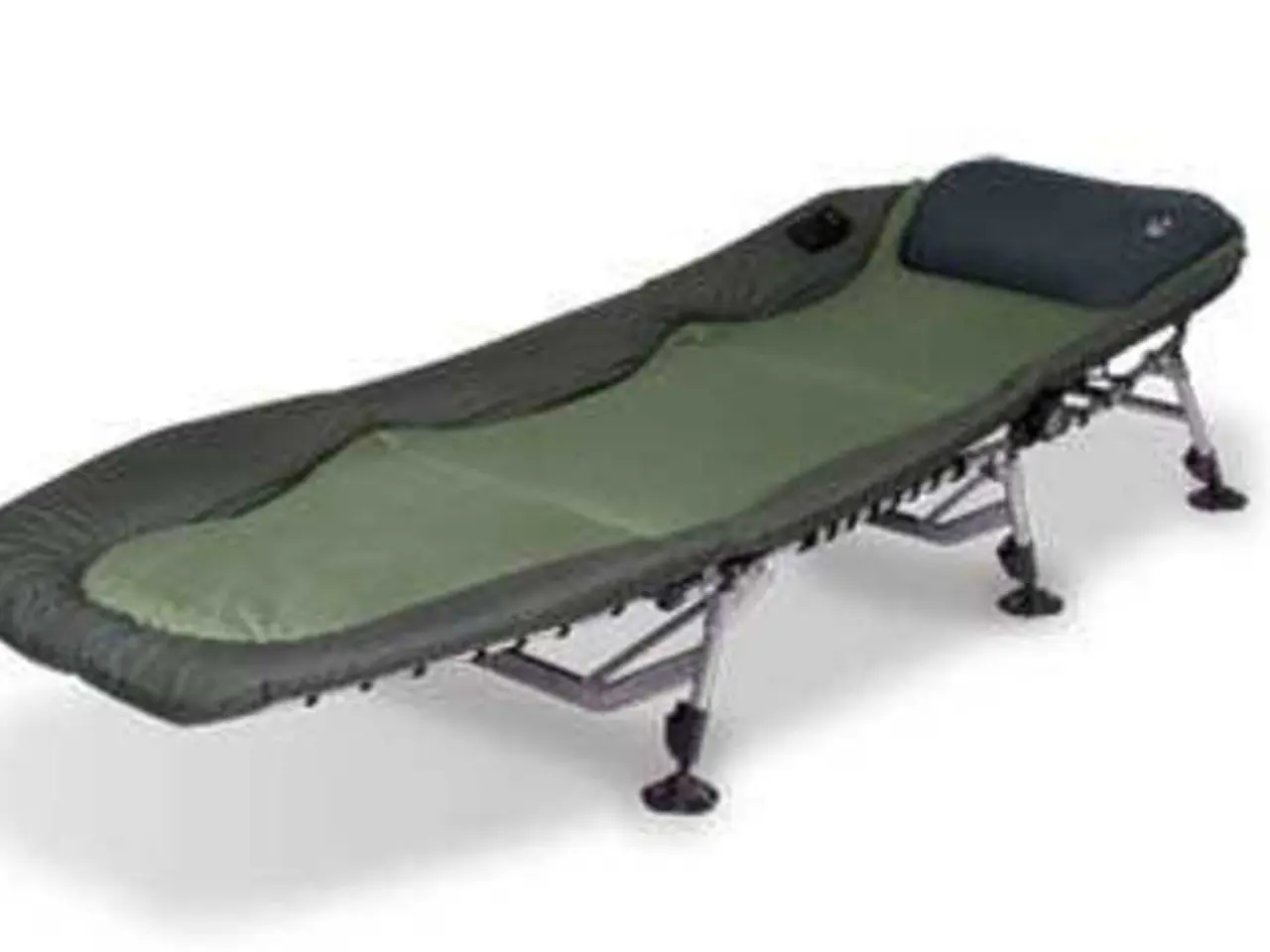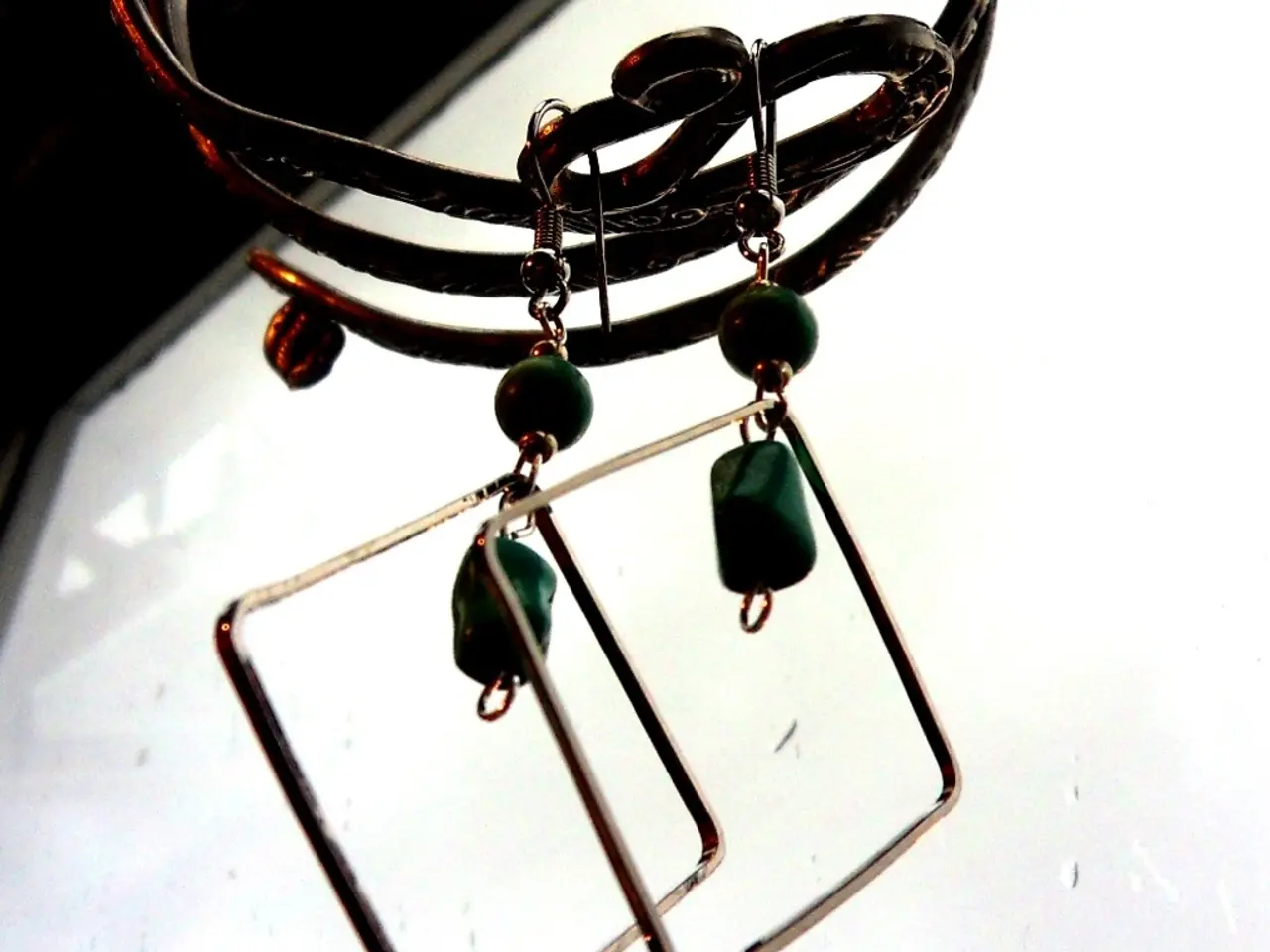Keloids Explained: Understanding Origin, Triggers, Signs, Remedies, and Protection Strategies
Keloids, a type of raised, shiny, and smooth scar tissue, can form on various parts of the body such as the neck, ears, chest, back, shoulders, and upper arms [1]. These overgrowths of scar tissue are more common in people of Asian, Latinx, and African descent, and they are particularly prevalent in individuals aged 10 to 30 years old [2].
What Causes Keloids?
Keloids are the result of an abnormal overproduction of collagen in genetically susceptible individuals, triggered by skin injury or trauma. Factors such as skin type and ethnicity, age, and wound-related factors significantly contribute to the risk of developing keloids [1][2]. People with darker skin tones and those whose white skin tans easily are more prone to keloids [2][3]. A strong hereditary component exists, meaning a family history of keloids significantly raises the risk [1][2][3].
Symptoms and Identification
Keloids typically appear pink, purple, or brown and may feel firm or rubbery. They may also cause itching or soreness while they are growing [1]. If a keloid becomes large, itchy, or reduces the flexibility of a joint, it is essential to seek medical advice [1].
Prevention and Treatment
Avoiding piercings, cosmetic surgery, and tattoos can help reduce the risk of developing keloids. Proper wound care is crucial, including washing the area immediately using soap and clean water, using sterile petroleum gauze to bandage the area, cleaning the wound daily until it has healed, and protecting the wound from the sun [1].
During the healing process, using silicone sheets or gel to shield the wound may also be beneficial [1]. If the appearance of a keloid causes distress, discussing this with a doctor can help develop a suitable treatment plan [1].
Common treatment options include cryotherapy (freezing off a keloid), which typically works better for smaller scars, and radiotherapy, which can reduce the size of a keloid, particularly if it takes place after surgery [1].
Steroid creams or tapes that contain steroids, as well as steroid injections (intralesional injections), are also common medical treatments for keloids. However, it is important to note that 50-80% of keloids grow back after steroid injection treatment, and 9-50% of keloids come back after this treatment, according to the Primary Care Dermatology Society [1].
A 2013 study found that onion extract can stop cells called fibroblasts, which create scar tissue, from entering the skin [1]. Onion gel has shown potential in reducing keloid size, though further research is needed.
When to Seek Medical Advice
If a keloid scar becomes large, itchy, or it reduces the flexibility of a joint, seeking medical advice is crucial. Applying pressure after surgery using a compression device can reduce blood flow to the area, which may prevent a keloid from returning. A person may need to wear the compression device for up to 16 hours a day for 6-12 months [1].
Conclusion
Keloids are a type of raised scar tissue that can form on various parts of the body. They are more common in people of Asian, Latinx, and African descent, and in individuals aged 10 to 30 years old. Proper wound care, avoiding certain procedures, and seeking medical advice when necessary can help manage the risk and treatment of keloids.
References
[1] American Academy of Dermatology. (2021). Keloids. Retrieved from https://www.aad.org/public/diseases/acne-and-rosacea/keloids
[2] Mayo Clinic. (2020). Keloids. Retrieved from https://www.mayoclinic.org/diseases-conditions/keloids/symptoms-causes/syc-20374977
[3] National Institutes of Health. (2021). Keloids. Retrieved from https://www.niams.nih.gov/health-topics/keloids
[4] American Osteopathic College of Dermatology. (2021). Keloids. Retrieved from https://www.aocd.org/page/Keloids
- Proper skin care is crucial for individuals who are genetically susceptible to keloids, as it can help prevent the overproduction of collagen that leads to skin conditions such as keloids, especially for those with darker skin tones.
- In the realm of health and wellness, it is important to seek medical advice for skin conditions like keloids that may become large, itchy, or restrict mobility, as effective treatments like cryotherapy, radiotherapy, steroid creams, and onion extract may be available.
- When it comes to medical-conditions like keloids, a holistic understanding of contributing factors such as skin type, ethnicity, age, wound-related factors, and possible genetic predispositions can help in both the prevention and treatment strategies for skin-care and skin-conditions.




